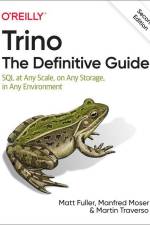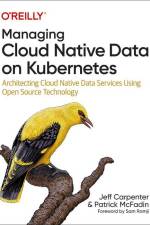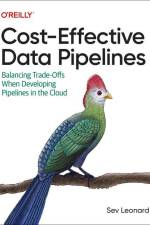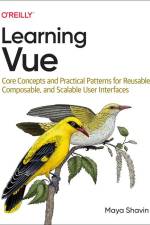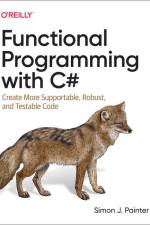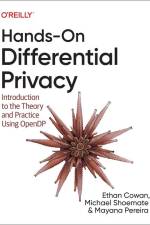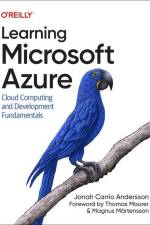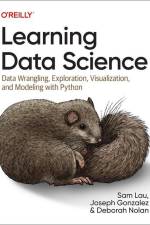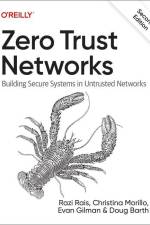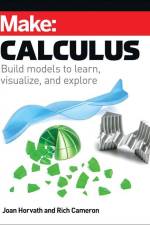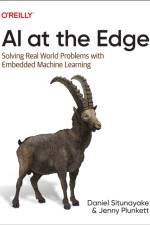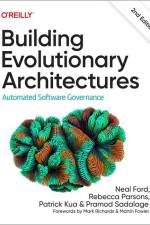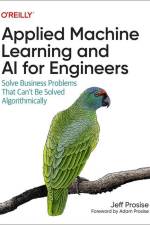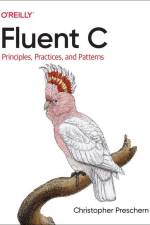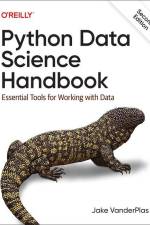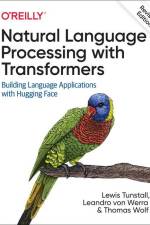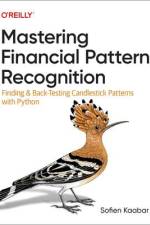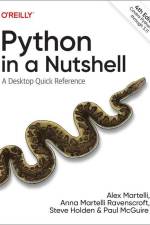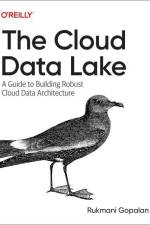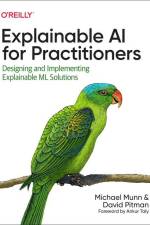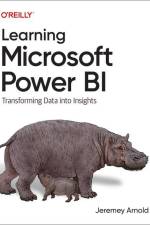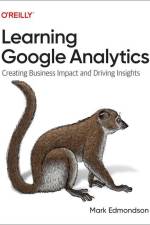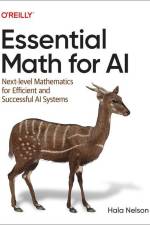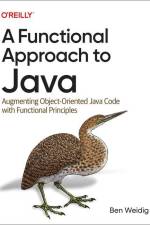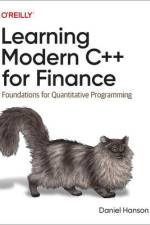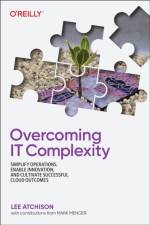av Matt Fuller
697
Perform fast interactive analytics against different data sources using the Trino high-performance distributed SQL query engine. With this practical guide, you'll learn how to conduct analytics on data where it lives, whether it's Hive, Cassandra, a relational database, or a proprietary data store. Analysts, software engineers, and production engineers will learn how to manage, use, and even develop with Trino.Initially developed by Facebook, open source Trino is now used by Netflix, Airbnb, LinkedIn, Twitter, Uber, and many other companies. Matt Fuller, Manfred Moser, and Martin Traverso show you how a single Trino query can combine data from multiple sources to allow for analytics across your entire organization.Get started: Explore Trino's use cases and learn about tools that will help you connect to Trino and query dataGo deeper: Learn Trino's internal workings, including how to connect to and query data sources with support for SQL statements, operators, functions, and morePut Trino in production: Secure Trino, monitor workloads, tune queries, and connect more applications; learn how other organizations apply Trino


